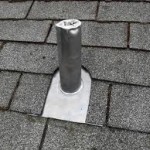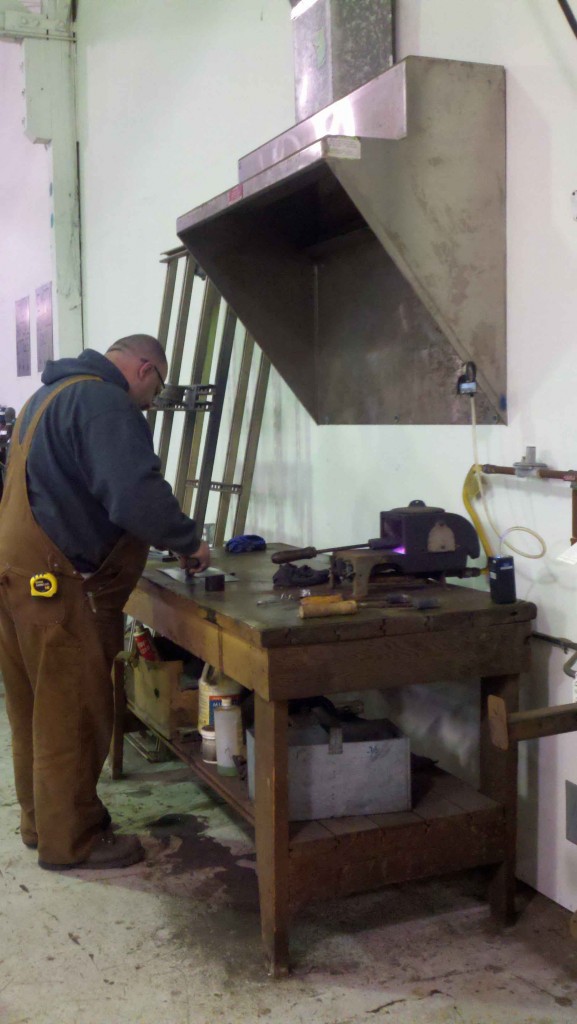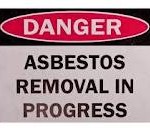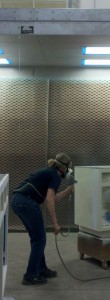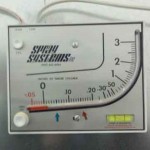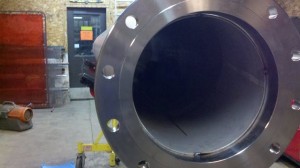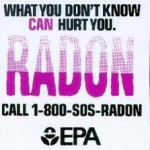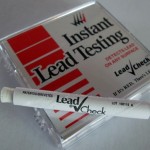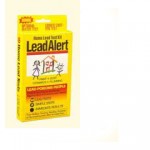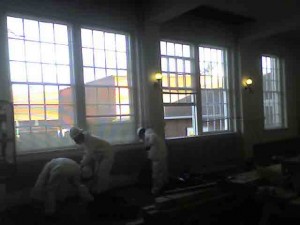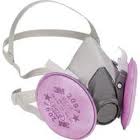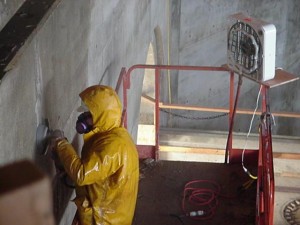Fri 15 Jun 2012
Diesel exhaust = Carcinogen!
Posted by admin under Air Monitoring, Carcinogen
Comments Off on Diesel exhaust = Carcinogen!
It was recently declared that diesel exhaust is a carcinogen by the World Health Organization’s (WHO) International Agency for Research on Cancer (link to the press release). As you know, a carcinogen is a substance known to cause cancer. The most well known carcinogens are cigarette smoke, benzene, and asbestos.
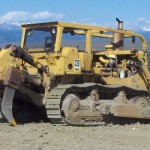
If you are in construction you probably know how many pieces of equipment use diesel…LOTS. In fact, heavy highway and large commercial construction use it almost exclusively. And, if you have ever traveled out of the US, you realize that diesel is used a lot more than gas. Don’t forget trains and commercial trucks.
So, if you think you have possible exposures to diesel exhaust on a regular basis…you should do something. Here are some ideas:
- tune-up (lower emissions, better efficiency)
- direct exhaust away from people/HVAC intake
- exhaust equipment outside
- increase dilution ventilation (usually not recommended for carcinogens)
- make sure the scrubber works
- measure exposures to employees (ask me in 20 years why this is a good idea)
- switch to biodiesel (I actually DO NOT know if this is a safe-alternative, but it does smell better)
Here is another article on it.
